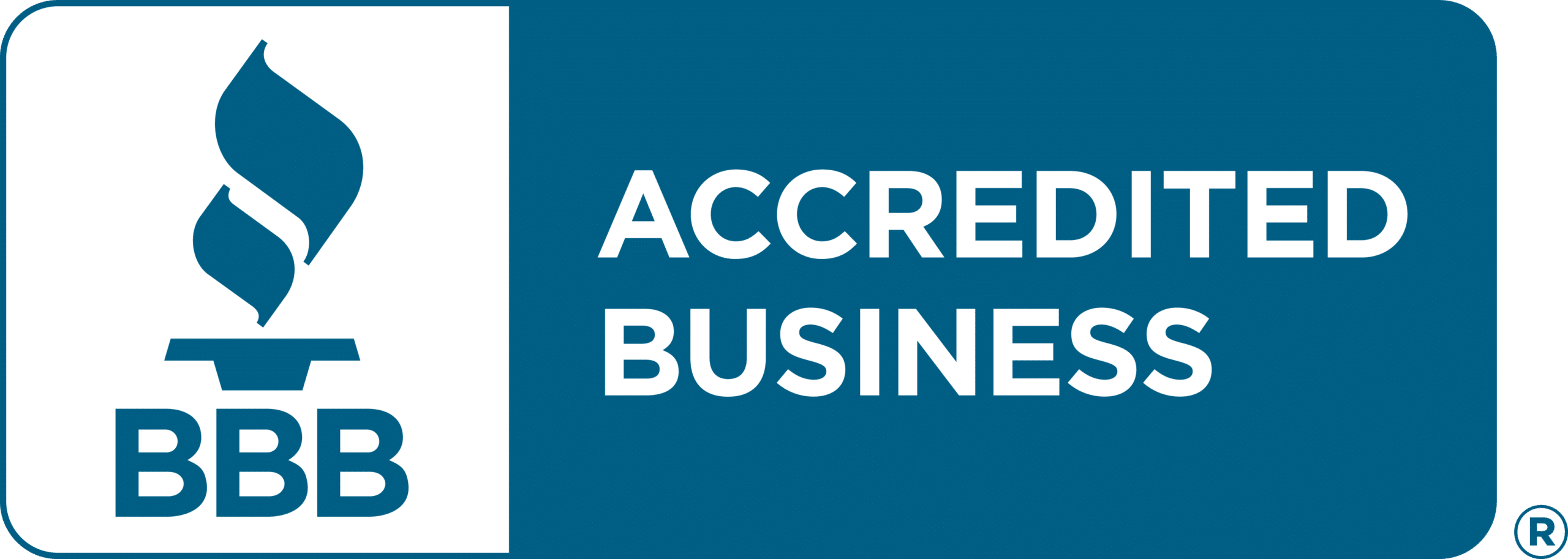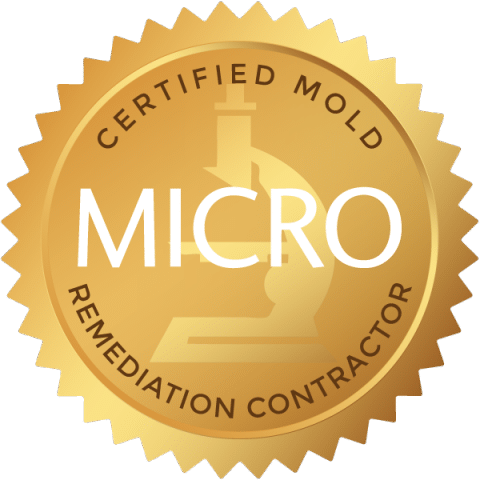Estimating mold inspection costs involves understanding several key factors. The depth of the inspection, geographical location, and the seriousness of the mold problem greatly influence pricing. Property size and layout, including hidden spaces and intricate HVAC systems, also play a role. Different types of mold testing, such as air, surface, and bulk testing, come with varying costs. Extra services like infrared imaging and detailed laboratory analysis may incur additional fees. Experience and reputation of the inspection company further impact the total cost. To gain comprehensive insights into effectively budgeting and planning for mold inspection, continue exploring.
Key Takeaways
- The complexity and severity of the mold problem significantly influence inspection costs.
- Larger and more intricate properties typically incur higher inspection fees.
- Specialized tools and advanced testing techniques can increase overall costs.
- Geographic location can affect mold inspection pricing due to varying regional rates.
- Experience and reputation of the inspection company play a crucial role in cost estimation.
Factors Influencing Costs
Several key factors greatly influence the costs associated with mold inspection services. One significant factor is the complexity of the inspection process. Mold inspections can range from simple visual assessments to thorough evaluations requiring sophisticated equipment and laboratory analysis. The need for specialized tools and techniques, such as infrared cameras and moisture meters, can escalate costs accordingly.
Geographical location also plays an essential role. Urban areas with high living costs typically command higher service fees compared to rural locations. Furthermore, local regulations and licensing requirements can impact pricing, as some regions mandate specific qualifications for mold inspectors, which may increase their service rates.
The severity and extent of the mold problem further affect costs. Extensive mold growth or contamination in inaccessible areas often requires more labor-intensive and time-consuming inspections, thereby raising expenses. Additionally, the type of mold present can influence costs. Certain molds, like black mold (Stachybotrys chartarum), may necessitate more detailed inspection due to their potential health risks.
Lastly, the experience and reputation of the mold inspection company can impact costs. Established firms with a proven track record might charge premium rates for their expertise and reliability, while newer or less experienced companies may offer more competitive pricing.
Property Size and Layout
The extent and layout of a property greatly influence mold inspection costs, as larger or more complex structures generally require more time and resources to thoroughly assess. A sprawling multi-story home with numerous rooms, for example, demands a more extensive inspection than a smaller, single-story house. Inspectors need to cover every square foot to identify potential mold growth areas, which translates to increased labor and time.
Moreover, the layout’s complexity plays a pivotal role. Properties with many hidden spaces, such as attics, basements, crawl spaces, and intricate HVAC systems, necessitate a more detailed examination. Mold can often thrive in these less accessible areas, making it imperative for inspectors to deploy specialized equipment and techniques, thereby escalating the overall cost.
Additionally, the architectural design and vintage of the property can further complicate inspections. Older buildings might have outdated construction methods and materials that can harbor mold more readily, requiring meticulous scrutiny. On the other hand, modern properties with open-floor plans might present fewer challenges, potentially reducing inspection time and cost.
Severity of Mold Infestation
Evaluating the severity of mold infestation greatly impacts the total inspection costs, as more widespread contamination requires thorough evaluation and remediation efforts. When mold pervades multiple areas of a property or penetrates deeply into structural components, the inspection process becomes more complex and time-consuming. Determining the extent of the infestation not only involves visual inspections but may also require moisture mapping and the removal of wall sections or flooring to determine the full scope of the problem.
A minor mold issue, confined to a small, easily accessible area, typically incurs lower inspection costs due to the limited effort required. Conversely, severe infestations that span larger regions or involve hidden mold growth behind walls or under floors necessitate advanced investigative techniques and longer man-hours, thereby increasing the inspection expenses.
Furthermore, the type of mold present and its potential health risks play a critical role in cost determination. Toxic molds like Stachybotrys chartarum (black mold) demand stringent safety protocols and specialized handling during inspection, adding to the overall cost. Hence, accurately gauging the severity of mold infestation is fundamental to providing a precise estimate for inspection services, ensuring property owners are well-informed and prepared for subsequent remediation efforts.
Types of Mold Testing
Accurately evaluating mold infestation severity requires utilizing different types of mold testing to guarantee a thorough assessment. The most commonly employed methods include air testing, surface testing, and bulk testing. Each method has unique benefits and applications, allowing inspectors to gather detailed data about mold presence and concentration.
Air testing measures the number of mold spores in the air and can identify hidden mold growth. Inspectors utilize specialized equipment to collect air samples, which are then analyzed in a laboratory to determine spore concentrations. This method is particularly useful for detecting airborne mold that might not be visible.
Surface testing involves taking samples from various surfaces within the affected area. Swabs, tapes, or other collection tools are used to gather mold samples from walls, floors, or other surfaces. These samples are then examined to identify the type and extent of mold growth.
Bulk testing entails collecting pieces of material from the contaminated area, such as sections of drywall or insulation, for laboratory analysis. This method allows for a detailed examination of the mold present within the material, providing insights into the depth and severity of the infestation.
Utilizing these diverse testing methods ensures a thorough understanding of mold presence, aiding in effective remediation planning.
Additional Services and Fees
Many mold inspection services come with extra fees for supplementary tasks that may be necessary for a thorough evaluation. For instance, air sampling, which measures the concentration of mold spores in the air, typically incurs an additional cost. This type of testing can be important in environments where mold is not immediately visible but suspected based on symptoms or odors.
Moreover, surface sampling, which involves swabbing or tape lifting from different surfaces to detect mold presence, often requires an extra fee. This can be particularly useful in pinpointing specific areas of contamination. Additionally, infrared or thermal imaging services, employed to detect hidden moisture or mold growth behind walls and ceilings, may also add to the overall expense.
Another commonly overlooked cost is the laboratory analysis fee. Samples collected during the inspection must be analyzed in a lab to accurately identify mold types and concentrations, and this service is usually billed separately. In addition, post-inspection reports, which provide detailed findings and recommendations, may also carry a surcharge.
Understanding these additional services and fees is important for budgeting purposes. By being aware of these potential costs, property owners can prepare more effectively and make sure that they receive a detailed mold inspection.
Estimating mold inspection costs requires a thorough understanding of different influencing factors, including property size and layout, the severity of mold infestation, and the types of mold testing conducted. Additional services and fees also play a significant role in the total expense. A detailed assessment of these elements guarantees accurate cost estimation, thereby facilitating effective budget planning and remediation efforts. Adopting a systematic approach is crucial for addressing mold-related issues efficiently and economically.
Related Articles






